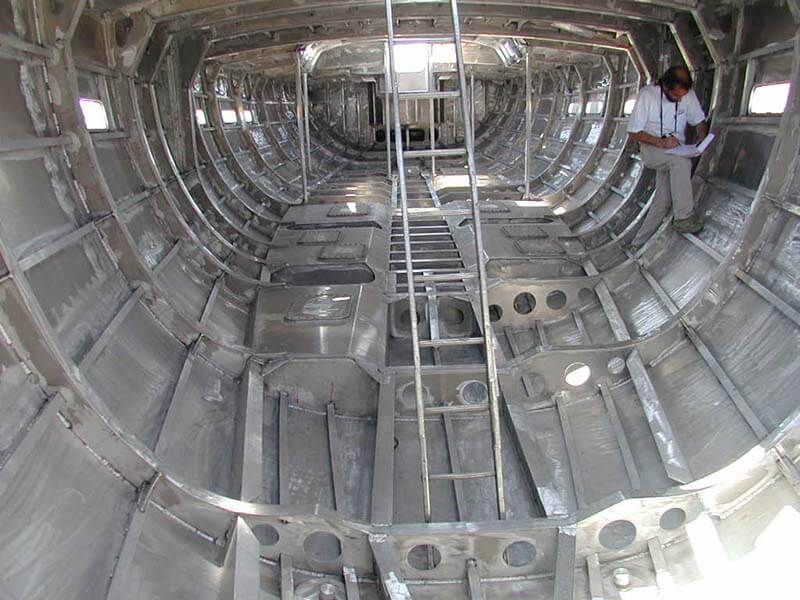How About Korea’s Shipping Industry
While aluminum alloys are not the primary material in South Korea's shipbuilding industry, they are indispensable in specific areas. Global marine alloy market data shows that aluminum and titanium alloys together account for approximately 20%, mainly serving the lightweight requirements of specialized vessels. As a key participant in the technological iteration of marine alloys in the Asia-Pacific region, South Korea's application of aluminum alloys in ships focuses on three main scenarios:

High-speed passenger ships and ferries: By adopting aluminum alloy decks and hull structures, a 20%-25% weight reduction can be achieved, directly improving speed and fuel efficiency, which highly matches the demand for efficient transportation in South Korean coastal shipping.
High-end cruise ships and sightseeing boats: The corrosion resistance and ease of processing of aluminum alloys make them an ideal material for superstructures and cabin bulkheads, meeting the aesthetic and economical maintenance requirements of cruise ships.
Special operation vessels: In areas such as small LNG transport auxiliary vessels and environmental monitoring vessels, the lightweight properties of aluminum alloys help to accommodate more equipment while reducing energy consumption.
However, due to cost and capacity allocation constraints, the proportion of aluminum alloy ships in South Korea's overall shipbuilding output remains in the single digits, far lower than the proportions of high-strength steel (over 50%) and stainless steel (approximately 30%).
Material preference
South Korean shipbuilders consistently prioritize "performance suitability + cost control" when selecting aluminum alloys, with the 5xxx series holding a dominant position, particularly the 5754-H24 and 5083 aluminum plates:
1. 5754 aluminum sheet
As an Al-Mg series rust-resistant aluminum alloy, its magnesium content reaches 2.6%-3.6%, exhibiting excellent corrosion resistance in marine environments and allowing for long-term service without additional coatings.
More importantly, it has balanced performance: a tensile strength of 200-250MPa meets the requirements of secondary load-bearing components; high joint strength after TIG and MIG welding; and good plasticity during cold working adapts to the manufacture of complex hull structures.
In terms of cost, 5754 aluminum deck plate is 15%-20% lower than 5083 in the same series, making it the preferred material for non-core load-bearing parts such as decks, side plates, and bridges, and is widely certified by international classification societies such as DNV-GL and ABS.
2. Marine grade aluminum 5083
When ships require higher strength, almg4 5mn 5083 becomes an alternative. Its tensile strength reaches 270-320 MPa, and its corrosion resistance in extreme marine environments is slightly better than 5754. It is mainly used in key load-bearing structures such as the hull plating and load-bearing supports. In South Korea, 5083 is often used to manufacture core load-bearing components in small supporting vessels for high-end LNG carriers, balancing lightweight and safety.
Original Source:https://www.marinealu.com/a/how-about-koreas-shipping-industry.html
Tags: 5083 aluminum plate ,